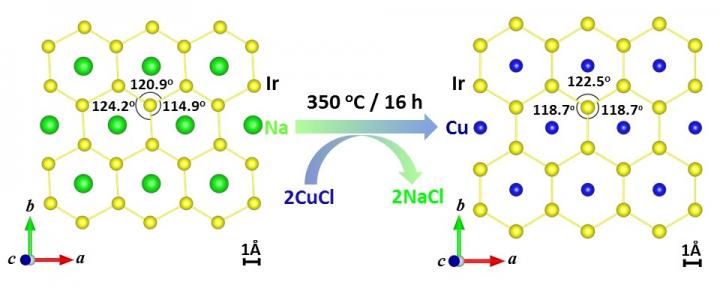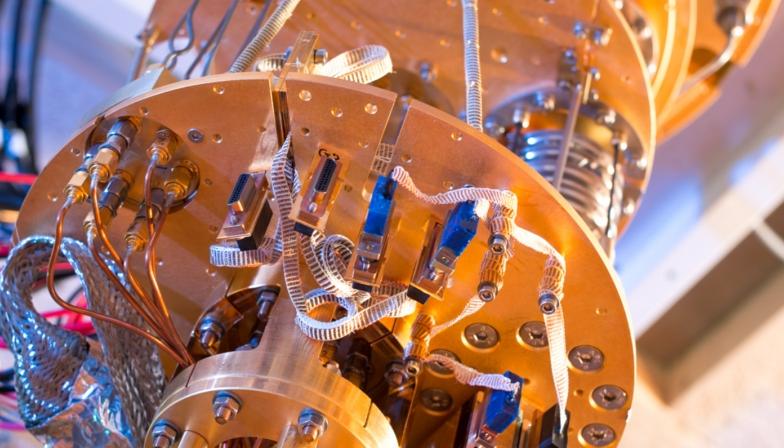In a new report published in the journal of the American Chemical Society, physicist Fazel Tafti explains how he and his team created the illusory material of the cellular structure that can withheld the quantum state of individual atoms from changes or decomposition, which is crucial for the long -term storage of quantum information.
“ The first in its kind copper Iridat metal oxide - CU2IRO3 is where the natural magnetic order is violated - the condition known as geometric frustration ,” said Tafti in the study dedicated to the study.
The iridate of copper is an insulator - its electrons are immobilized in a solid body, but they can still transfer the magnetic moment known as the “spin”. Transportation of free spins in the material allows the flow of quantum information.

The study is based on the so -called Kitaev model, which was developed ten years ago and suggests that the hexagonal cellular structure provides a promising way to geometric frustration and, therefore, to quantum spin fluid.
Nevertheless, only two types of cellular gratings were successfully developed in an attempt to perform the Kitaev model: Iridat lithuania (li2ir3) and sodium iridate (Na2iro3). “Nevertheless, both species did not reach the perfect spin fluid due to magnetic ordering,” said Taffy.
That's why he and his colleagues turned to copper, which, as they found out, is ideal for their goals, since copper occupies an intermediate position between lithium and sodium. In addition, their research in X -ray crystallography found thin flaws in the honeycombs formed in Iridids of two of the above elements.
“ copper is ideal for the cellular structure [because] almost no distortion ,” he concluded.



